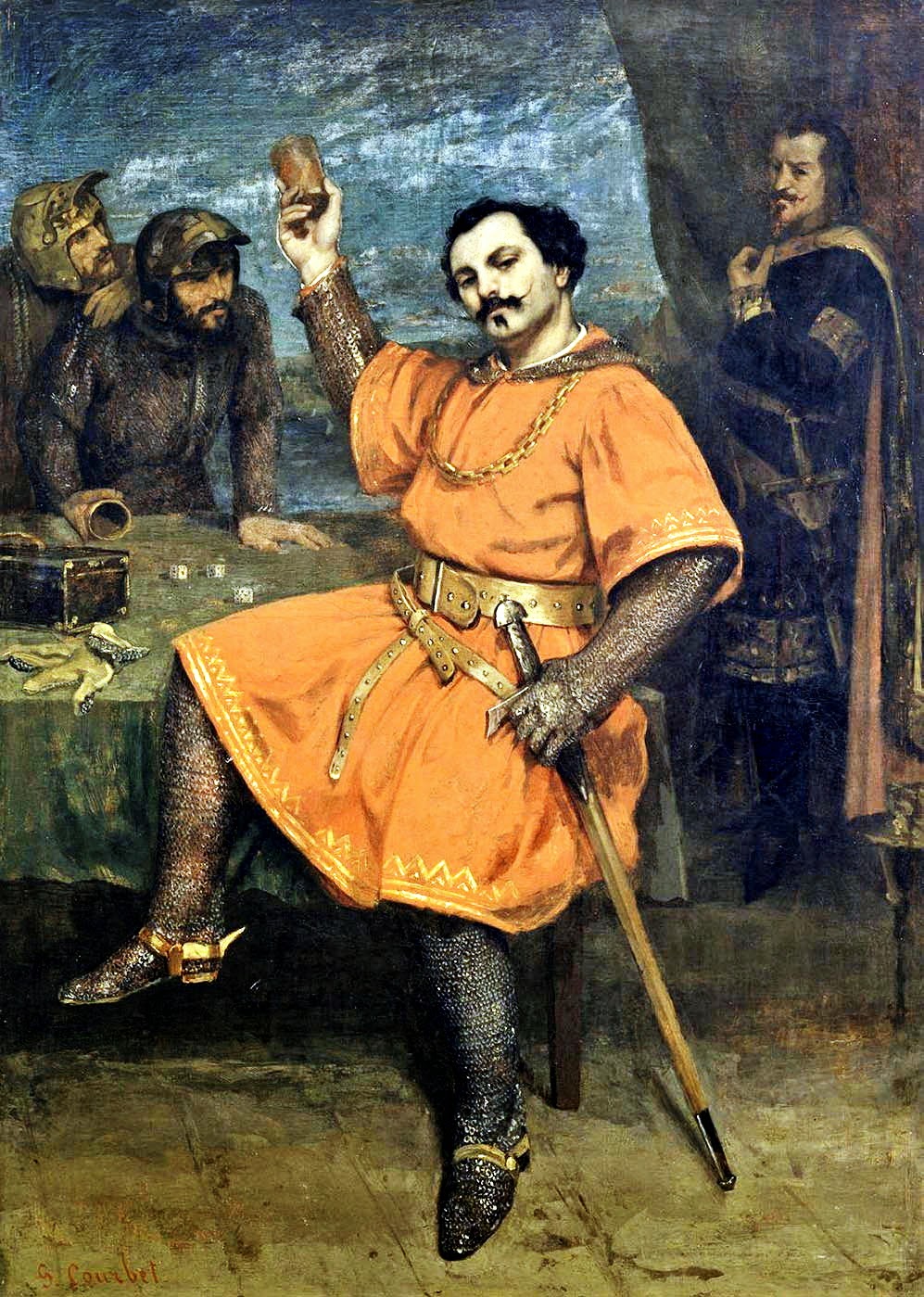Jules Breton: Blessing the Wheat in Artois
Presented at the 1857 Salon, at the same time as Millet's Gleaners, this enormous painting won Jules Breton a second class medal. This was a mark of official recognition for the still youthful artist, and the work was even purchased by the State for the Musée du Luxembourg. It has to be said that this portrayal of rustic life is very pleasant compared to Millet's more Realist vision.
The scene depicts a Rogation procession which takes place three days before Ascension. In the countryside around Courrières, Breton's native village, young girls wearing their first communion dresses, clergy and local dignitaries, walk around the fields to attract Heaven's blessing on future harvests. The scene highlights the important role of Christianity in rural life.
The artist produced many accurate studies of clothes and faces for this work. He chose a composition in the style of a frieze, reminiscent of Courbet's Burial at Ornans. But whereas Courbet dealt with a contemporary subject in a very bold way, life-sized figures were usually only to be found in history painting, Breton portrays his characters in a small format, thus retaining the idiom of the genre scene. It was this anecdotal aspect of his work that brought him great success in France and in America. When he became a member of the Académie des Beaux-Arts in 1886, Breton was regarded as the official artist of rural life. [Musée d'Orsay]
The scene depicts a Rogation procession which takes place three days before Ascension. In the countryside around Courrières, Breton's native village, young girls wearing their first communion dresses, clergy and local dignitaries, walk around the fields to attract Heaven's blessing on future harvests. The scene highlights the important role of Christianity in rural life.
The artist produced many accurate studies of clothes and faces for this work. He chose a composition in the style of a frieze, reminiscent of Courbet's Burial at Ornans. But whereas Courbet dealt with a contemporary subject in a very bold way, life-sized figures were usually only to be found in history painting, Breton portrays his characters in a small format, thus retaining the idiom of the genre scene. It was this anecdotal aspect of his work that brought him great success in France and in America. When he became a member of the Académie des Beaux-Arts in 1886, Breton was regarded as the official artist of rural life. [Musée d'Orsay]




%2B1854-57.jpg)










%2B1856.jpg)


















.jpg)






